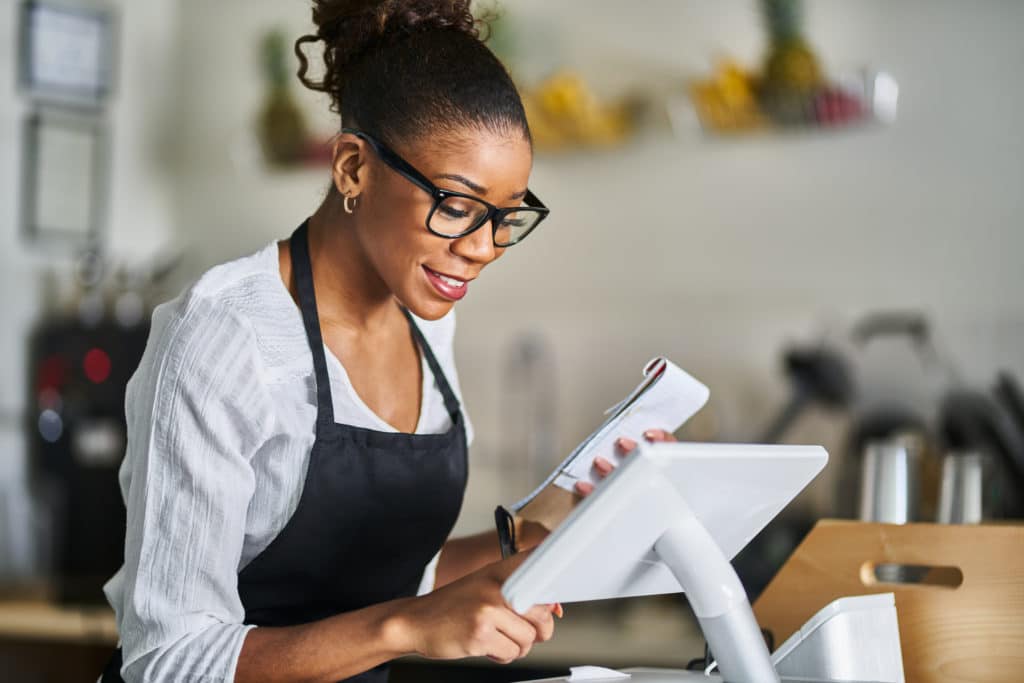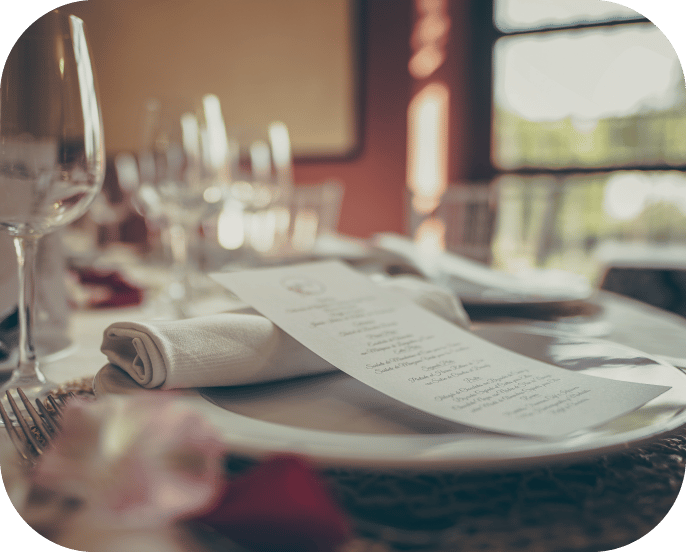This article is a guest post from Toast, Inc. – a cloud-based restaurant management software company based in Boston, Massachusetts.
It’s a dynamic time for restaurants.
Operators have to balance ongoing food inflation, increased menu pricing, and labor and wage struggles with evolving service models and customer preferences. Dynamic, right?
Restaurant technology continues to play an increasingly important role in today’s restaurant management.
Read on to learn how a strategic restaurant tech stack can help operations implement a more guest-centric service model to boost sales and experiences. See the benefits of remaining nimble with cost control strategies and strategic menu pricing.
Streamline front-of-house operations with guest-centric service and technology
A strategic tech stack balances back-of-house cost control tools with front-of-house tools that improve guest experiences — balances cost control mechanisms with revenue boosting mechanisms.
Front-of-house tools can help increase server efficiencies, allowing fewer staff members to manage the floor. These tools can also help guests take control of their own experiences by sending orders and paying as they please via their mobile devices and kiosks.
These technologies help modernize experiences and help restaurants stay up to date with evolving guest preferences — for counter- and full-service restaurants.
For example, kiosks and QR codes give guests an option for a totally self-service experience. A seamless digital platform can enable an efficient and easy-to-use omni-channel experience for takeout and delivery. And some platforms can enable guests to save their orders so that it’s easier to get their “usual” whenever they want.
Unlock refreshed, guest-centric service models
Restaurants haven’t really changed their service models in a couple of centuries. By no means is the traditional sit-down experience broken, nor is anything wrong with a normal counter-service operation.
It’s just that today’s technology enables restaurant operations to increase the efficiency of these service models — technology including mobile POS, kiosks, and diner-led ordering and payment via QR codes.
With these technologies in place, operators can go even further toward a guest-centric approach by implementing customer loyalty and rewards programs. Strategic marketing campaigns can also help operators surprise and delight guests, with ongoing campaigns and promotion and specialized outreach for birthdays, anniversaries, and more.
Empower guests to take control of dining experiences — and spend more
Toast’s New Steps of Service is the strategic combination of a customer-facing technology. We’ve seen it help restaurants do more with less while empowering guests to control their order and payment experiences, and even order more.
Restaurants that have implemented these front-of-house tools are:
- Serving more guests with fewer staff by enabling guests to start and add to the tab. Restaurants using Toast Mobile Order & Pay™ typically see an average 10 percent increase in revenue.1
- Simplifying the checkout process to help save time. On average, checkout using Toast mobile payments can save servers 4 minutes per table compared to traditional methods2 and on average guests tip on 9 percent more transactions when they pay through Toast mobile payments vs. traditional checkout methods.3
- Streamlining counter service via more empowered employees and additional order and checkout options for guests. On average, QSRs with Toast Mobile Order & Pay™ typically see 8% higher revenue per labor hour.4
Set menu prices with recipe and menu item costs top-of-mind
Regularly digitized ingredient price information via invoice automation can pinpoint which ingredient costs are spiking. That information can then be used to change up recipes, raise menu prices, or pull items off the menu.
For example, the chicken wing price spike in 2021 was all over the news. You couldn’t miss it. But what happens to restaurant operations when a more obscure individual ingredient — especially if the ingredient prices rose slowly over time?
Be intentional about profitability for individual items and overall menus
Invoice processing can alert operators to the changes so that they can adjust menu prices to be within target profit margin ranges.
The ability to project margins is one step toward profitability. Menu engineering is the other step. Menu engineering is a strategy for optimizing all facets of a restaurant menu. It includes the actual menu design aesthetic, the organization of and amount of categories and sections, and the staging of prices and modifiers.
A menu pricing strategy analysis may show an average overall profit margin across a menu as 10%. That’s great, but guests aren’t ordering the entire menu. Menu engineering brings item popularity into the equation so that operators can gauge and adjust their balance between profits and popularity for each item. When done successfully, menu engineering unlocks intentionality.
Let’s say a restaurant has a popular dish that 80% of guests order. It can go front and center on the menu and then operators can determine just how high it can be priced and/or how low the plate costs on it can go. If the popular item can also be a money maker, that can give the chef a bit of wiggle room with testing out exciting but perhaps less profitable menu items.
Building a resilient restaurant tech stack that balances back- and front-of-house priorities
Strategic tech adoption and integrations can enable restaurateurs to be intentional with their operation — in the back- and front-of-house.
To make things easier, operators can split their restaurant tech stacks into cost control and service model optimizations:
- Foundational and advanced cost-control capabilities for the back-of-house, rooted in invoice processing and detailed recipe and menu costing tools
- Server and guest-facing technology that powers optimized service models for on-prem and off-prem dining, offering consistent and delightful in-store and virtual guest experiences
It’s critical that restaurant operators build their restaurant tech stack on a strong foundation — something built on a dynamic, reporting-rich POS system and robust accounting and cost control tools.
The combination of these systems will encourage a resilient technology footprint that can help control costs, boost revenue, and sustain profitability.
1 Toast restaurants who add Toast Mobile Order & Pay™ typically see an average increase between 10% and 12% in Toast processing volume. Based on the average impact seen across different Toast restaurant segments. Based on at least 12 months of Toast internal data. Individual results will vary.
2 Based on Toast internal data from August 2021 among restaurants using Toast mobile payments. Individual results will vary.
3 Based on Toast internal data from 2021 among restaurants using Toast mobile payments. Individual results will vary.
4 Based on Toast internal data from 2021 among restaurants using Toast Payroll. Individual results will vary.



